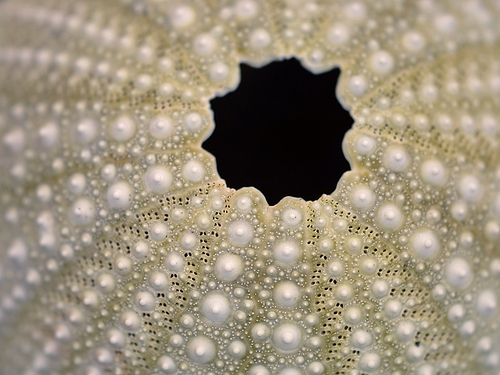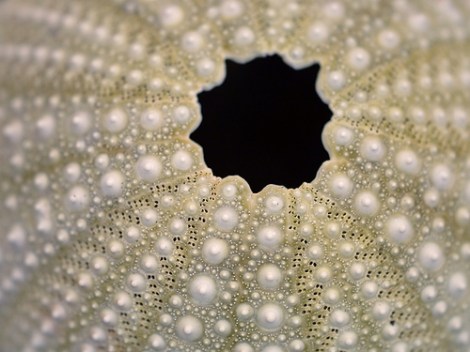Here we were, thinking that carbon capture and storage was a knotty problem that might never be solved. But, as the BBC reports, a team of scientists has found that it might not be as hard as everyone’s been saying to capture carbon dioxide waste. How did they discover the secret? They just took a hint from sea urchins.
Like other ocean creatures, sea urchins turn carbon dioxide into shells made of calcium carbonate. The sea urchins, the scientists found, use nickel to catalyze this process. And as it turns out, it’s pretty easy for humans to trap carbon dioxide this way, too:
“It is a simple system,” Dr Lidija Siller from Newcastle University told BBC News. “You bubble CO2 through the water in which you have nickel nanoparticles and you are trapping much more carbon than you would normally – and then you can easily turn it into calcium carbonate.”
Boom — carbon emissions, suddenly not a problem! (Or less of a problem.) And if we’re as clever as sea urchins are, perhaps we can figure out a way to gather that calcium carbonate into shapes pretty enough to be turned into jewelry and sold in our Etsy shop.





